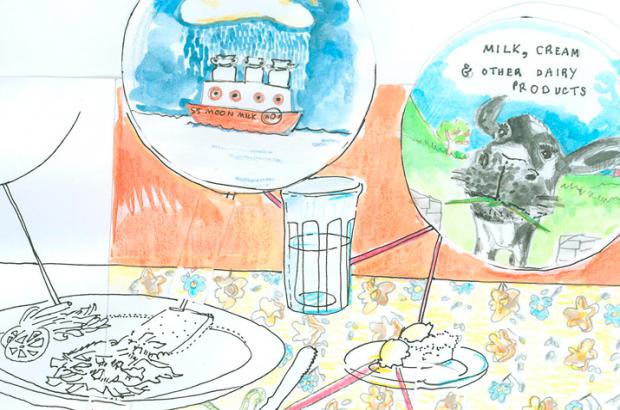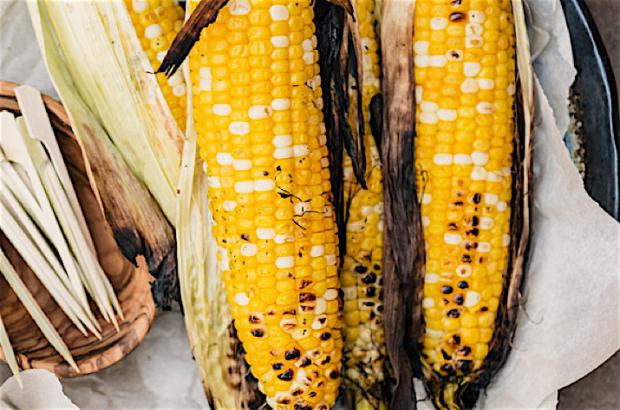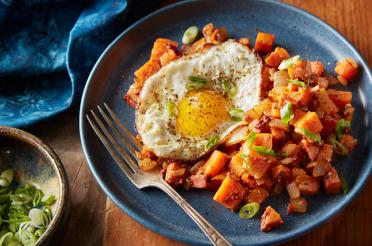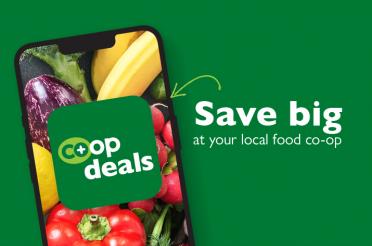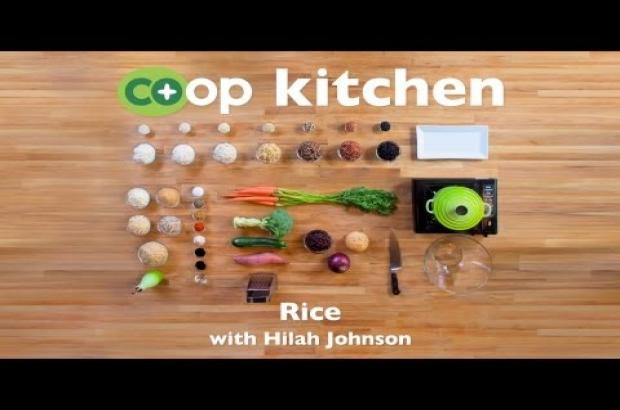Article
Get Your Freeze On
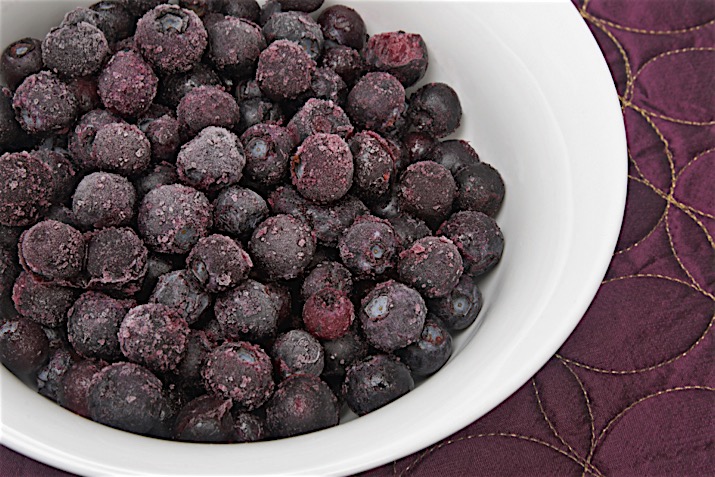
There’s a special kind of hoarding reserved for lovers of local produce. We know who we are. We plant waaayyyy more tomatoes than anyone should try to fit into one garden bed. We sign up for CSA shares and still stop by the co-op and the farmers’ market, “just to pick up a few things.” A flat of strawberries later, we’re making smoothies for our friends and family to use all this produce before it’s past its prime.
This is where freezers save the day. Sure, freezing foods isn’t as sexy as canning or as hip as fermenting. But often it’s the most practical way to deal with a bumper crop of kale, a glut of blueberries, or even leftovers from a big meal.
The only catch? You’ll still have to follow some important steps to be sure you end up with high quality foods once their day of defrosting comes. The key to high quality frozen foods is in stopping any enzymes from ripening your produce, sealing out any air, and preventing large ice crystals.
Stop! in the name of (frozen) love
All those enzymes that bring carrots to the peak of sweetness can make things go south if they aren’t stopped before freezing. Sure, freezing does slow down the ripening process. But it won’t stop altogether unless you go on the offensive. This isn’t much of a concern with most fruits, meats and prepared meals. But when it comes to freezing fresh veggies, blanching before freezing is the way to go. Blanching involves dipping fresh vegetables in boiling water for a short period of time to deactivate ripening enzymes and then dunking them in ice water to stop any cooking. It goes really quickly and pays off in top quality vegetables. Need to see it to believe it? Hilah Johnson shows how easy it is in this Co+op Kitchen video, Blanch and Freeze Fresh Vegetables.
Burn me once, shame on you. Burn me twice, shame on me.
It’s happened to me. It’s happened to most of us. But freezer burn is avoidable, as long as you keep a few things in mind. Freezer burn is usually caused by not using an air-tight container and allowing moisture to leak out of a food into that dry freezer air.
This is why I buy plastic freezer bags and glass jars specifically for freezing my food. Wax paper is great for wrapping meats and cheeses, too. But the wax paper is just the first layer—these items still need to be sealed in an airtight container for safekeeping.
And I’ve learned my lesson the hard way. Glass jars can be excellent for storing liquids, sauces and crushed fruits, but be sure to leave plenty of space in the top of the jar to allow room for the food to expand as it freezes—about 1.5 inches for quart jars. Otherwise, say sayonara to that mason jar.
My favorite way to freeze most anything is in individual pieces (think: peas, strawberries, beans, and banana chunks). I lay them out on wax paper on a baking sheet and pop them in the freezer overnight. The next morning, I dump them into a freezer bag, compost the wax paper, and seal my food away for the long, hard winter.
Ice, ice baby
I love big, crunchy ice crystals in a summer sno-cone, but these are devastating to home-frozen foods. When ice crystals form, they can burst the cell walls inside your fruits and veggies, making them mushy. To prevent this, make sure your freezer is set to 0°F or lower before even thinking about freezing those berries. Then, let your foods hang out in the refrigerator for a spell, so that they’re nice and cold before putting them in the deep freeze.
Next, make sure not to overload your freezer with a massive amount of food to freeze. Usually about 2-3 lbs. of food is a manageable amount to add for each cubic feet of storage space in your freezer. Any more and it could take over 24 hours for the food to freeze, leading to bigger ice crystals and a mushy texture.
File it away now
The back of my freezer used to be uncharted territory—a place foods went to die. As soon as I put something in the back of the freezer, all memory of that food was erased from my mind. Now I’ve caught on to my tendencies and use a little reminder sheet on the door of my fridge, so the whole household knows what’s in store for them just beyond the freezer door.
I also started labeling my frozen foods. Just a moment with a Sharpie can eliminate any future confusion. I include the date, the product, and any special notes, like when the berries come from my own garden!
Labeling things also helps with using those frozen foods. Freezing is an amazing thing, but it won’t keep foods in top shape forever. If a freezer is consistently below 0°F, then most foods will keep for a year at top quality, with fatty meats and fish being the first to decline. But if a freezer fluctuates between 0° and 10°, like many 2-door refrigerator/freezer combos, foods are best eaten within several months. Keep in mind that they won’t ever become unsafe to eat, but their quality will begin declining after this period.
These days I’m still planting too many tomatoes and lusting after every new fruit that’s in season. I still have my sanity questioned when I bring home more green beans. But when I open my freezer door and see those stacks of bright, local foods in the middle of February, it’s all worth it!

